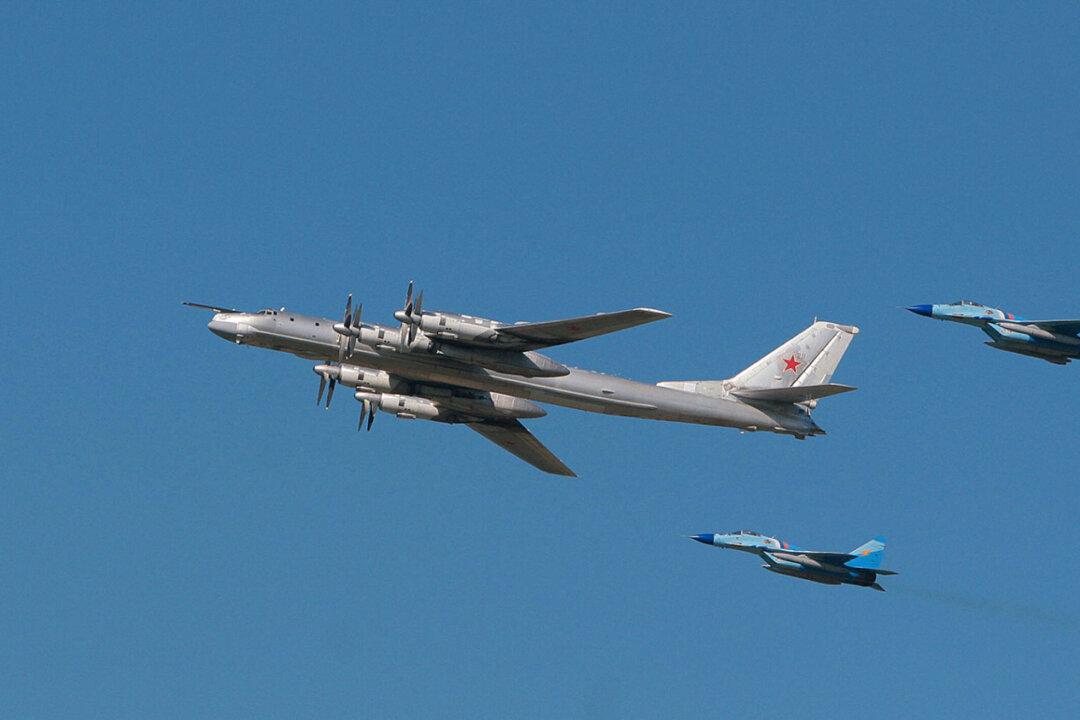Two Chinese and six Russian nuclear-capable bombers entered South Korea’s air defense identification zone without prior notice on Wednesday, prompting the country to scramble its Air Force planes, the Joint Chiefs of Staff confirmed.
The two Chinese planes crossed into the zone around 5:50 a.m. local time Wednesday and flew over the boundaries of the zone, the South Korean Joint Chiefs of Staff told Yonhap News. After leaving the zone about an hour later, the Chinese planes came back with Russian bombers and flew over the zone in the Sea of Japan at around 12:20 p.m. local time, officials said.





